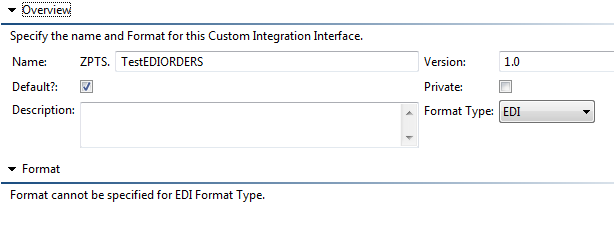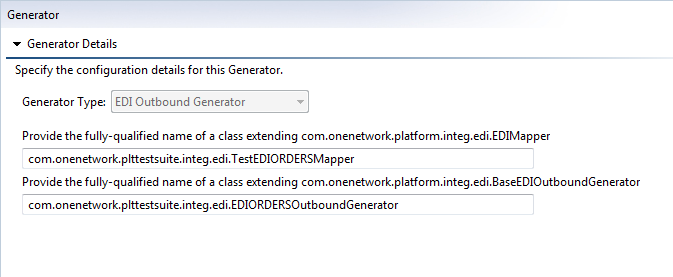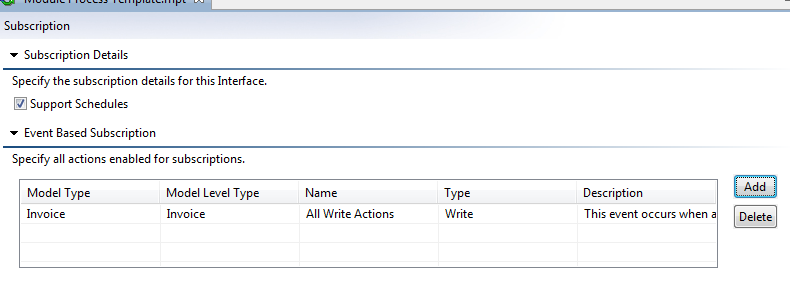EDI
The EDI Outbound generator combines sql-based and model-based outbound generation to give the flexibility of either using SQL's or Models to pass on to the EDIMapper. The EDIMapper will then generate one or more EDI transaction sets.

The generator can be either Model-based or Net-change based implementation to retrieve the models accordingly and the mapper will be used to generate the EDI from the corresponding models.

EDI outbound generation leverages Platform's Integration subscription feature.

Similar to EdiInboundRoute, the base EDI outbound generator uses EdiOutboundRoute to locate the mapper to be used to generate an EDI. While this can optionally be overridden based on module-specific needs, having the generator use the EdiOutboundRoute to find the mapper is best as it decouples the generator and mapper. It also allows for a common generator to be implemented used by various mappers.
The EdiOutboundRoute can be used to configure the interface for a sender, receiver, transaction set or message type, edi version, outbound queue and outbound queue enteprise Name. Edi version and outbound queue details are optional for EdiOutboundRoute. For submitting queue details, use interface version 2.0.
For an outbound EDI sent, an inbound acknowledgment is expected. Upon receiving an inbound FA (997/CONTRL), Platform updates the parent transaction on EdiMessageQueue with Accepted/Rejected status.